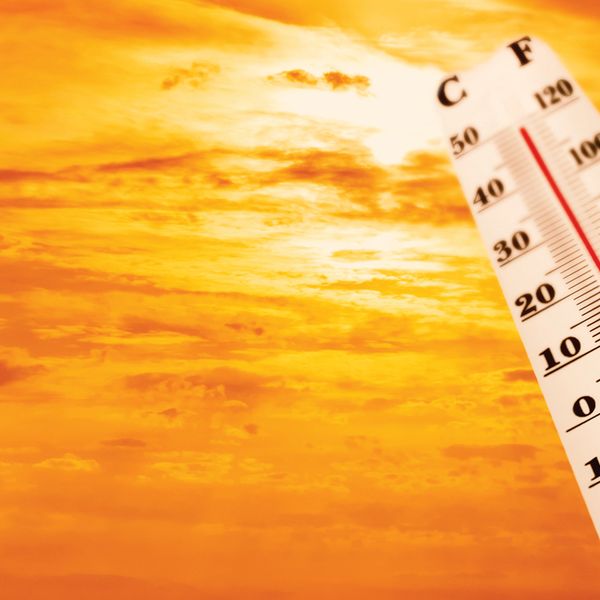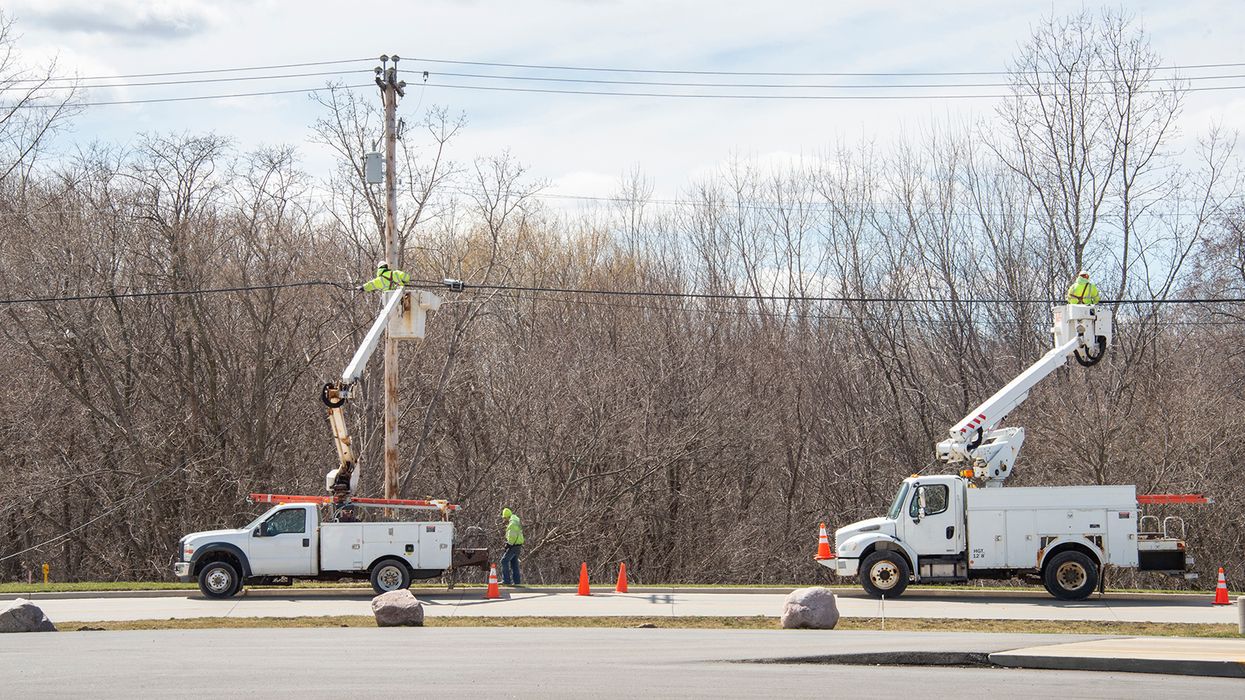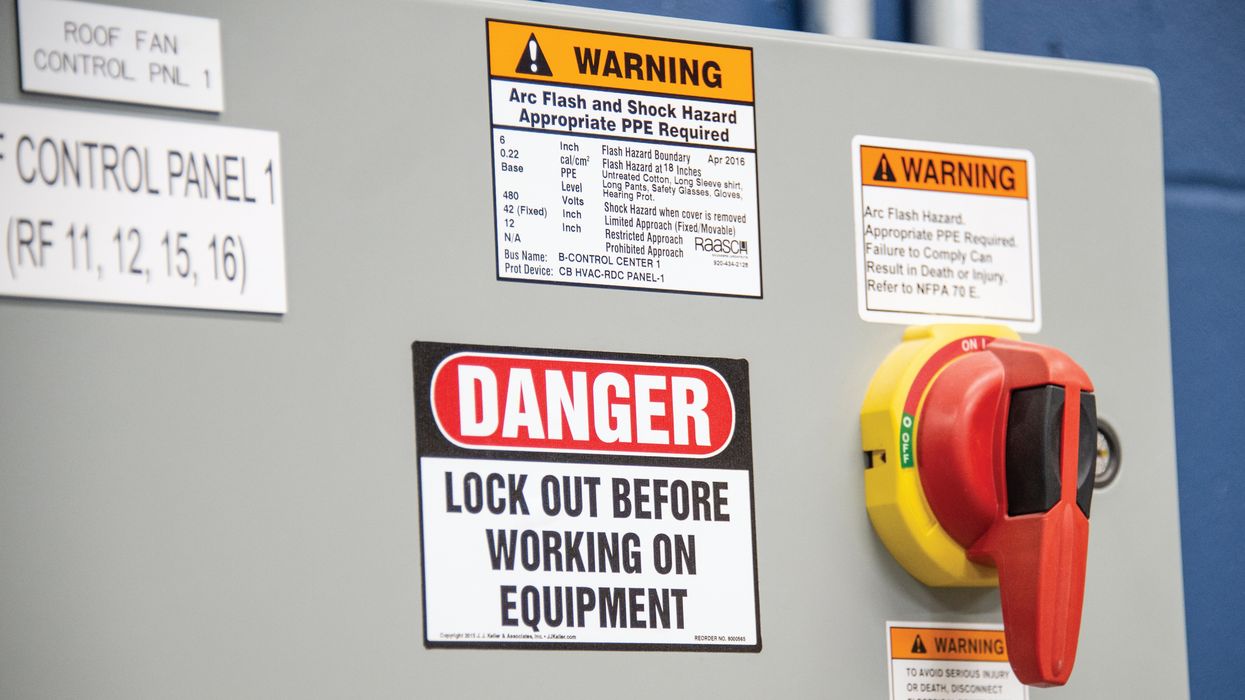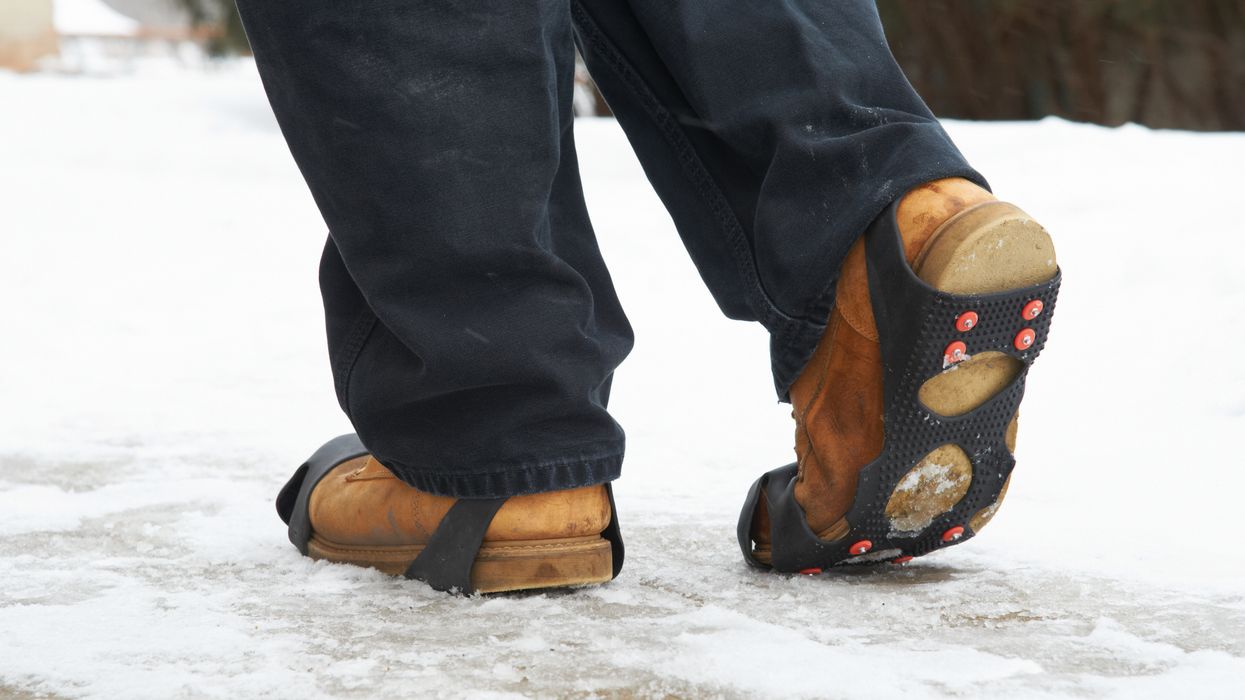The ABC's of OSHA's Heat NEP
Not concerned about the National Oceanic and Atmospheric Administration’s (NOAA) reported 2-degree Fahrenheit global temperature increase since 1850? OSHA is! And with summer on our heels, you may want to refresh your heat stress program.
Temperature extremes became a laser focus for OSHA when the Bureau of Labor Statistics (BLS) reported an annual average of 35 fatalities and 2,700 days-away from work cases between 2015 and 2019. Learn how you can keep out of hot water with the ABCs of OSHA’s National Emphasis Program (NEP) – Outdoor and Indoor Heat-Related Hazards.
Augmentation
The Outdoor and Indoor Heat-Related Hazards NEP augments OSHA’s efforts that address unprogrammed-related activities, such as:
- Complaints,
- Referrals, and
- Severe incident reports.
Additionally, this NEP coordinates efforts with the Department of Labor Wage and Hour Division (WHD) to shed light on workers vulnerable to excessive outdoor and indoor heat.
An NEP is not a mandate or regulation, but rather provides an enforcement program targeting specific high-hazard industries or workplace activities where heat-related injuries or illness could occur if not managed. Examples related to this NEP could be working outdoors during a heat wave or working indoors near radiant heat sources like commercial driers or metal-working foundries.
Background
So, why did the heat NEP come to fruition? OSHA implemented the Outdoor and Indoor Heat-Related Hazards NEP on April 8, 2022, to focus on specific activities and industries where workers may be exposed to extreme heat situations. The NEP is also part of a broader Department of Labor (DOL) response to Executive Order (EO) 14008, “Tackling the Climate Crisis at Home and Abroad.”
The DOL developed Climate Action Plan setting a goal of reducing heat-related illnesses. As a result, OSHA responded by issuing a heat initiative memorandum on September 1, 2021. The memorandum directed agency regional offices to prioritize heat complaints and referrals and to intervene when they become aware of potential heat hazard conditions.
With this prioritization, OSHA’s intent is to encourage employers to proactively address significant workplace safety and health risks related to elevated temperatures.
Classification
Okay, now we know there’s an NEP to protect workers from high temperatures. But what constitutes “extreme” heat? OSHA references the National Weather Service (NWS) heat index classification system. This classification will allow employers to determine if/when they have situations in which hazardous exposures to temperature extremes could occur.
This system, developed by the NOAA, has four categories including:
- Extreme danger (126°F or higher)
- Danger (103°F – 124°F)
- Extreme caution (91°F – 103°F)
- Caution (80°F – 90°F)
Additionally, classifications are based the various types of OSHA inspections. This classification guides OSHA’s determination on where and whom to inspect. The inspections are scheduled with the highest priority given to fatality-related incidents and then to unprogrammed inspections (i.e., complaints or referrals) that are suspected to be exposing employees to hazards.
The general order of NEP inspections is similar to that of other regulatory inspections, from highest to lowest priority:
- Imminent danger — hazardous conditions or situations that could cause death or serious physical harm receive top priority. Compliance officers will ask employers to correct these hazards immediately or remove endangered employees.
- Severe injuries and illnesses — employers must report all work-related fatalities within 8 hours and all work-related inpatient hospitalizations, amputations, or losses of an eye within 24 hours.
- Worker complaints — allegations of hazards or violations made by workers can result in inspections.
- Referrals — hazards identified by other federal, state, or local agencies; individuals (e.g., general public); organizations; or the media.
- Follow-up —generally conducted for establishments that were previously inspected and were issued citations to determine if hazard abatement was implemented. Additional follow-up inspections may also be conducted for any establishment receiving serious violations or, in some cases, other-than-serious citations.
Key to Remember: The understanding of how NEPs Augment regulations, the Background behind OSHA’s reasoning for the NEP, and important Classifiers helps employers take necessary steps to reduce or eliminate worker exposure to excessive heat.

































































